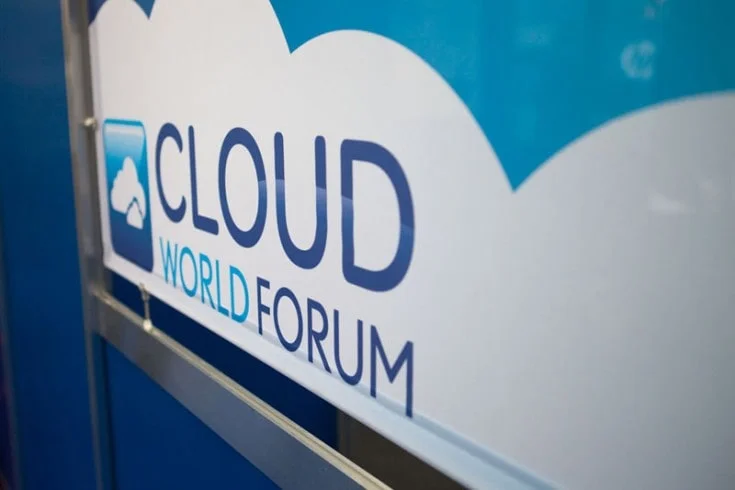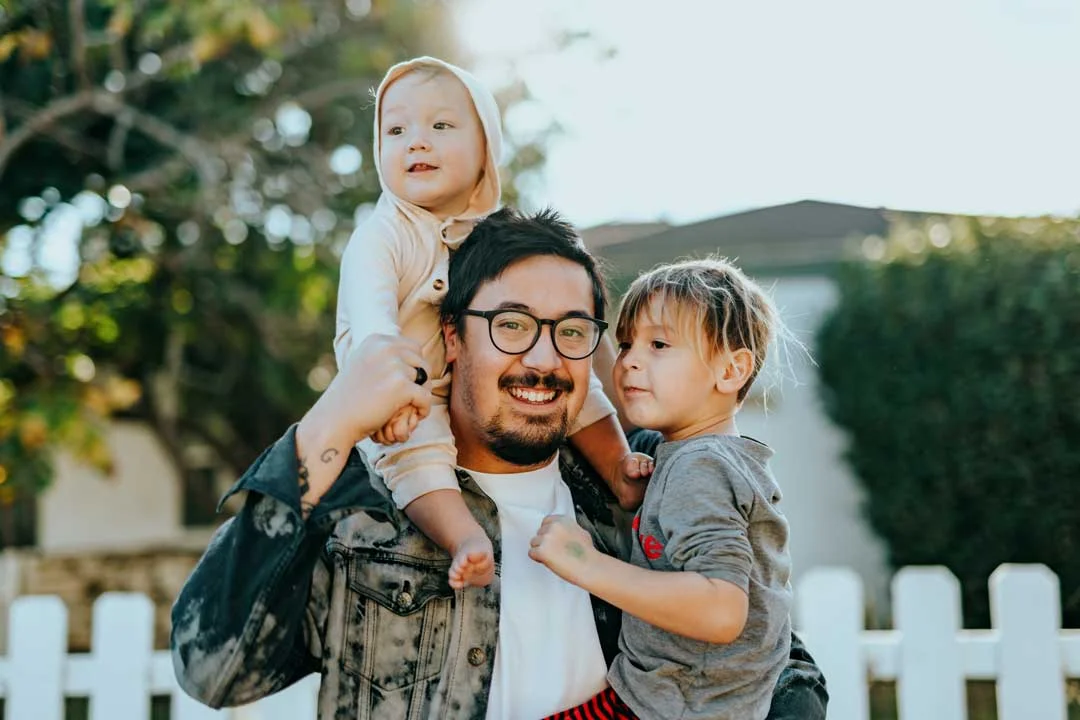Kanban project management methodology is a visual method of working with teams, providing an innovative way to improve collaboration and ensure successful delivery of projects. It has grown in popularity due to its history within lean manufacturing and now various industries benefit from it every day. This blog post provides the insights you need for mastering Kanban as your approach for managing tasks efficiently while staying agile when needed!
Key Takeaways
- Kanban project management is a visual approach to maximize efficiency, collaboration and productivity.
- It consists of boards, cards and columns with WIP limits that provide task tracking & workflow optimization.
- Kanban provides benefits such as enhanced team collaboration, improved efficiency/productivity & greater flexibility/adaptability for successful projects.
Understanding Kanban Project Management

In the current fast-paced world, for project management to be successful and stay ahead of their competition teams must have a dependable and effective methodology. Enter Kanban. This visual approach uses columns, cards, and boards in order to monitor progress as well as organize tasks so that maximum efficiency is achieved quickly. As organizations utilize these core principles – visualize workflow restrictions on work-in-progress while continually improving – they can reap many benefits like improved cooperation among team members along with heightened adaptability, productivity levels which are higher than before also flexibility when it comes to managing projects is seen too.
The versatility of Project Management using Kanban makes it applicable across different industries such as software development or even content marketing where managers can use its ability seamlessly integrate other frameworks i.e Agile/Scrum etc., making everyone’s job easier regarding organizing tasks efficiently without neglecting focus due time constraints .
Origin of Kanban
In the 1940s, Toyota industrial engineer Taiichi Ohno invented Kanban as a lean manufacturing system to effectively keep track of inventory levels. This revolutionary framework was intended to better coordinate planning and job allocation within production processes.
Over time these ideas have been implemented across several industries with particular use in software development - employing kanban boards and tools which offer greater visibility into projects for teams, resulting in enhanced communication, collaboration and productivity outcomes.
Core Principles of Kanban
Kanban methodology’s core principles are designed to aid workflow optimization and boost productivity. Visualizing the process makes it easier for all team members to grasp what is going on with the project, its development status and any issues that might arise, helping ensure everyone remains in sync.
Reducing how many tasks a single person can handle at one time creates an environment of rapid progression as attention isn’t divided between multiple jobs or objectives. Kanban teams achieve sustainable progress by controlling flow levels while continually striving for improvement. Adhering diligently to these rules will likely make huge leaps in effectiveness, output level and overall success rates from projects.
Components of a Kanban System
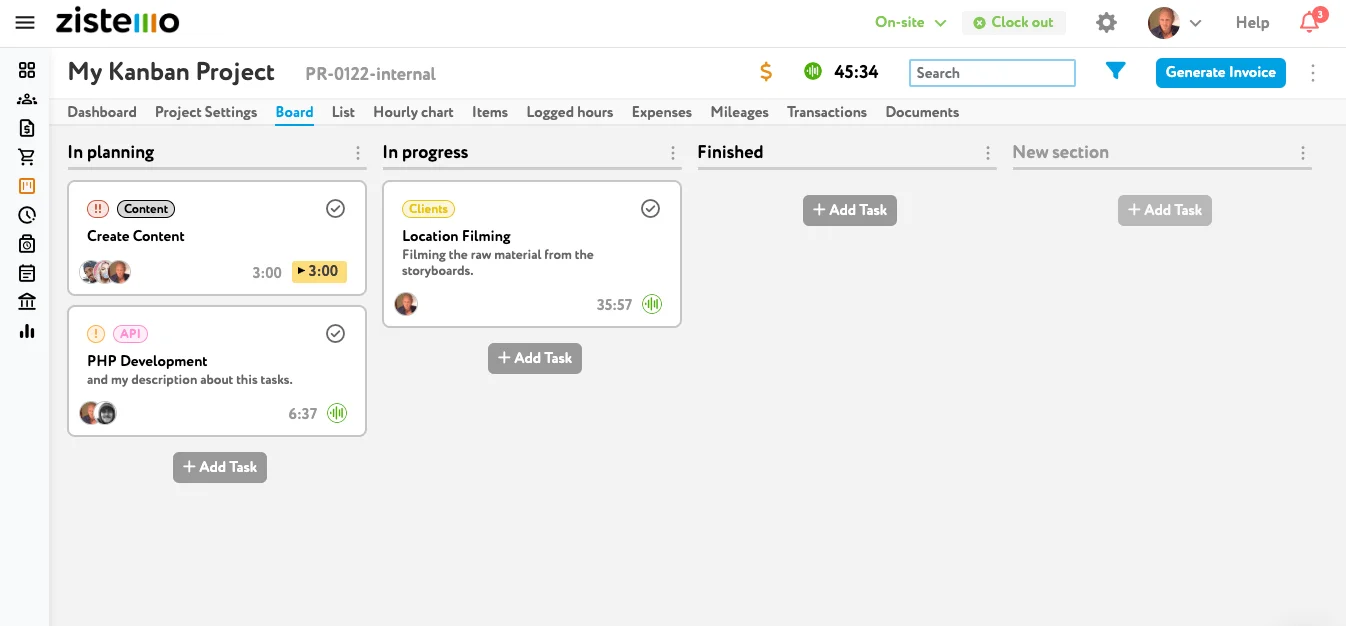
The Kanban Methodology is key for success and it has three core components: a board, cards and columns with Work-in-Progress (WIP) limits. Through this visual workflow which breaks down tasks into individual parts, teams can track their progress quickly and efficiently. See any bottleneck areas that need improvement as well as optimize performance within the project.
A kanban board offers an overall view of team’s workload by organizing cards based on stages they have progressed through, making adjustments or rearranging them depending on priority levels easier to manage. This ensures critical work done first while boosting the final outcome of any given project thanks to its clearly visible WIP Limit displayed throughout your tracking system visually in front you at all times.
Kanban Boards
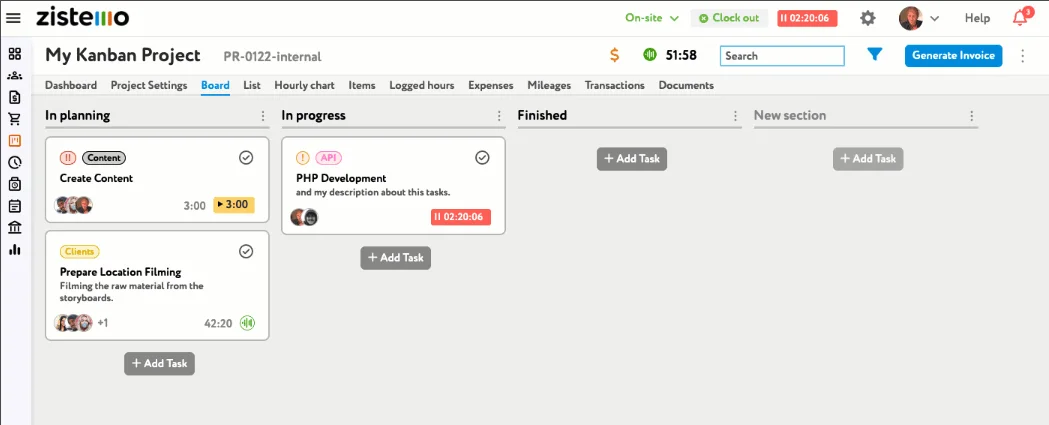
Kanban boards are essential to the Kanban project management approach, providing an image representation of tasks and their progress in different phases. With a systematic view of projects, teams can collaborate effectively with one another while also being aware of what is happening throughout the entire kanban project.
These boards come in both physical board or digital board. Digital boards offer more advantages such as automatization tools for integration and access even when working from remote locations (distributed teams). In any form it takes though, these kind’s board continue to be incredible resources which allow organizations optimize processes efficiently while maximizing productivity on all fronts.
Kanban Cards

Kanban cards provide comprehensive information about individual tasks, like descriptions of what needs to be done and due dates. By having all the needed details on a Kanban card it helps team members quickly understand precisely what should take place as well as when. Attachments, comments and checklists may also be included in order for greater utility with such cards assisting teams complete their goals efficiently without any confusion or delay.
The inclusion of additional data that is pertinent to each task Enhances the functionality allowing documents associated with certain projects remain centralized thus making them readily available if need be. Utilizing these professional quality tools are vital in helping successful organizations reach objectives within deadline time-frames while still keeping tidy organization at hand too!
Kanban Columns and Work-in-Progress Limits
Kanban boards can be used to easily track the progression of individual tasks by organizing them into columns such as “to-do”, “doing” and “done”. WIP limit are integral to Kanban in order to restrict how many work items progress through each stage at one time, leading an improvement on efficiency and productivity levels. By using these predetermined constraints it allows for a smoother workflow with fewer potential holdups due lack of capacity or resources enabling successful projects outcomes.
Implementing Kanban in Project Management

Adopting Kanban in project management necessitates the selection of an appropriate tool, such as zistemo, and adapting processes to fit this methodology. Customizing the system to particular requirements by finding a software that supplies personalized features, integrations and assistance is essential for successful implementation. It is important to also take into account established roles when transitioning over so that integration runs smoothly with minimal resistance from those involved. The potential benefits from utilizing this potent yet flexible approach make it worth investing effort into properly executing the kanban methodology within your projects’ framework
At its core lies respect for existing procedures combined with tailoring said system around specific needs. Doing both these things ensures teams can reap maximum benefit when implementing kanban methods successfully.
Choosing the Right Kanban Tool

Choosing the appropriate Kanban tool is essential to successfully implement the kanban methodology. When selecting a suitable one, several aspects should be taken into account like customization possibilities. User experience and integration with other project management tools or software. Support, compatibility across multiple industries as well as mobile support are also key factors that mustn’t be forgotten when making an informed choice of tool for efficient workflow optimization.
One example of this type of powerful solution for a Kanban Board Tool comes in zistemo which provides time tracking capabilities while enabling easy integrations between it and different types of project management applications – helping teams collaborate more effectively towards successful productivity outcomes. Thus, by opting for a customized fit-for-purpose Kanban board , users can significantly benefit from such agile processes fostering collaboration amongst individuals within workgroups through modernized solutions .
Adapting Existing Processes
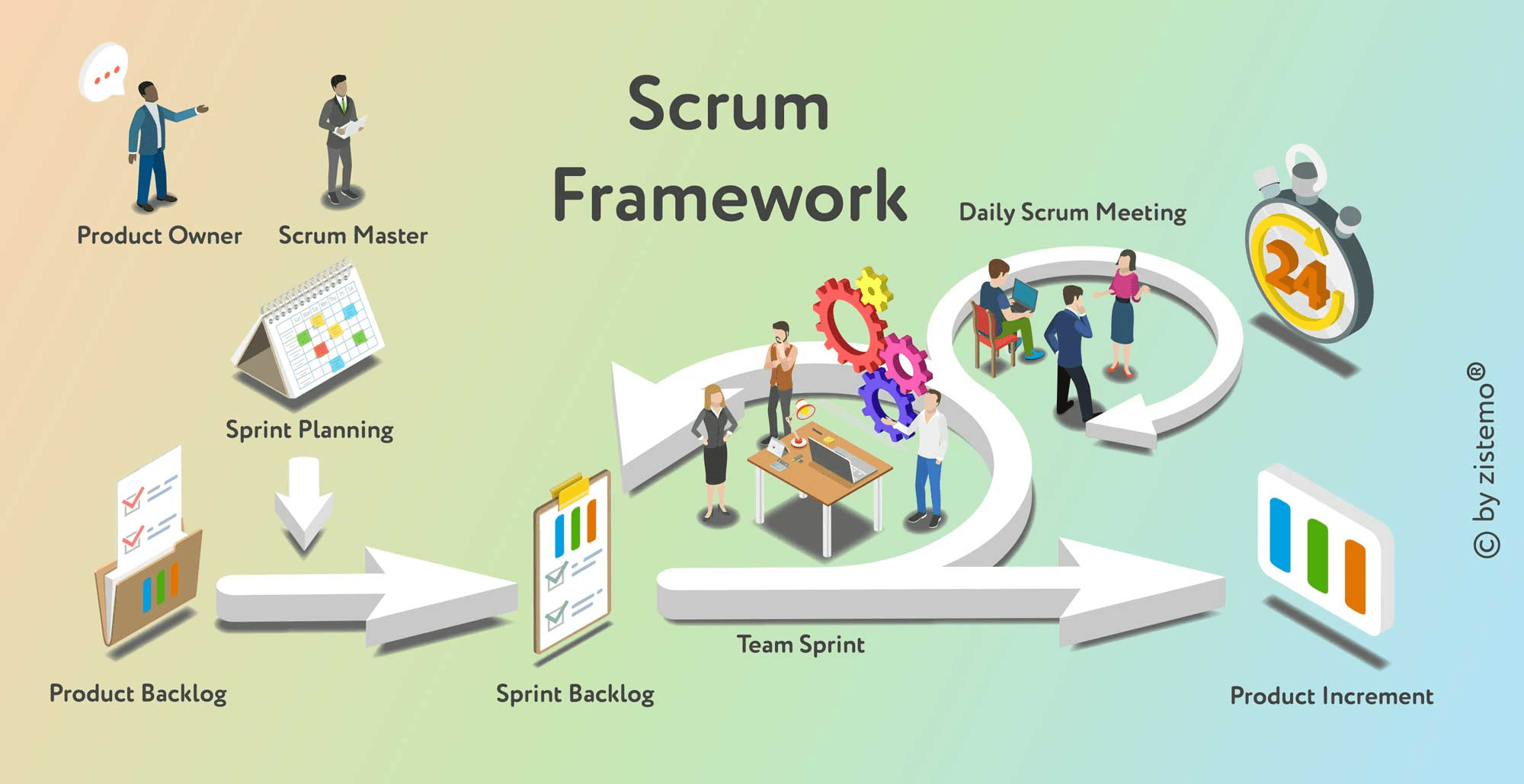
In order to properly implement Kanban into an already-existing system, it is essential that the core principles of this methodology are embraced and existing roles within the team are acknowledged. To ensure a successful transition, these elements can be brought in gradually by visualizing workflow and implementing limitations on work progress. Doing so allows teams to enjoy all benefits while reducing possible pushback. Ultimately, having such measures will help create a more productive working environment that strives towards improvement at every turn with tasks successfully managed as well as collaborative projects undertaken across individuals or groups.
Kanban vs. Other Project Management Methodologies
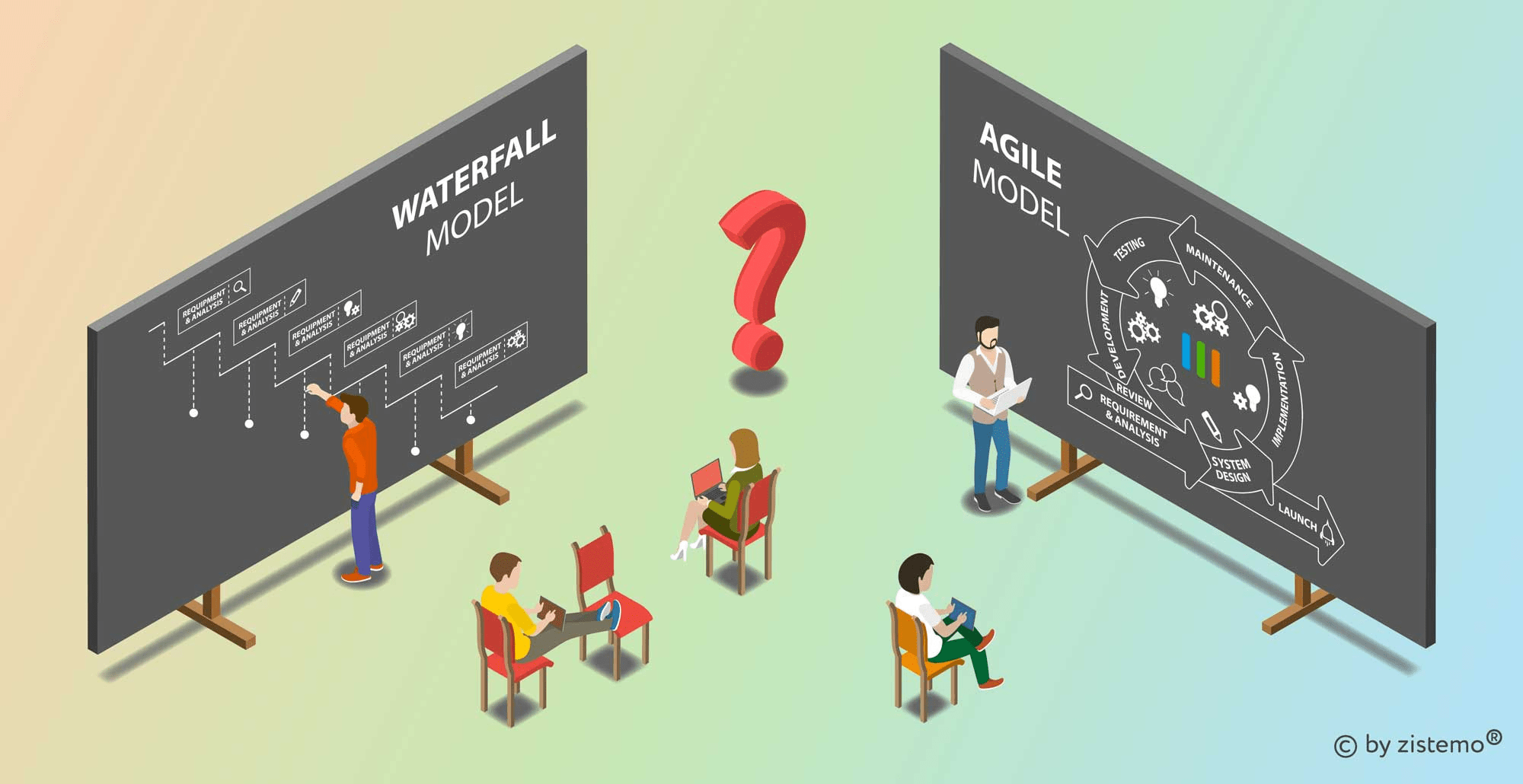
Project management methodologies such as Kanban, Agile and Scrum all have a focus on optimizing workflow through continual improvement. Yet what makes Kanban unique is its visual nature which allows it to be effectively adapted for different types of industries and projects. Its strengths lie in the visuals that make understanding project details much easier along with restricting work-in-progress tasks while proactively encouraging ongoing advancements. This combination of qualities has enabled its widespread utilization among various domains, ensuring efficient implementation whenever implemented accordingly.
Kanban and Agile
Kanban and Agile processes are highly compatible due to their shared emphasis on continual advancement in efficiency of operations. They both prioritize real-time communication, progressive approaches towards development through stages, and the visual outlining of tasks for successful completion.
The ability that Kanban has to limit active projects makes it an ideal partner when combined with Agile philosophies. Teams benefit from improved productivity as they have a better way managing workflows. By combining these two practices together, groups can access advantages provided by each methodology to make sure objectives are achieved successfully.
Scrumban: Combining Scrum and Kanban
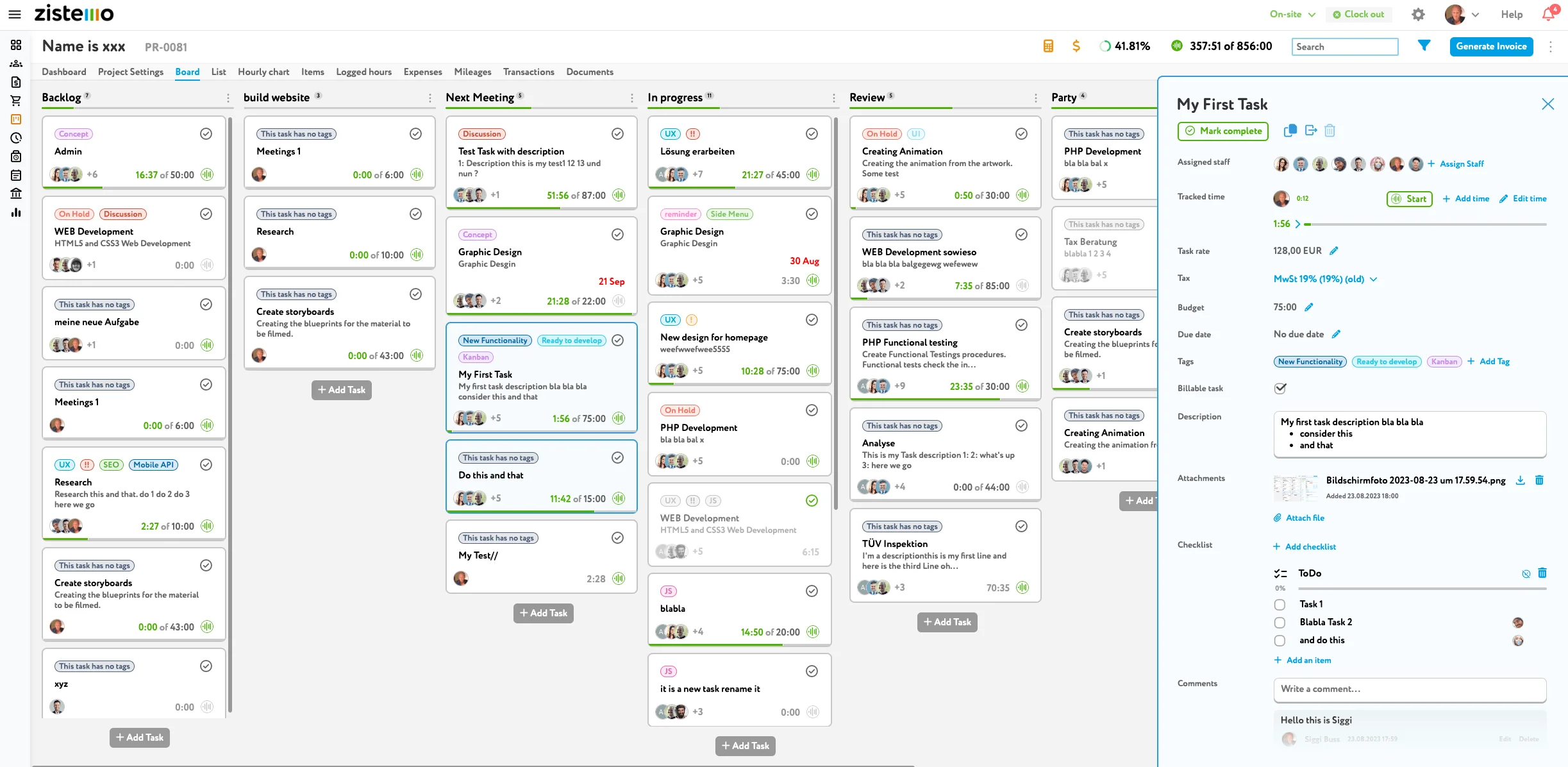
Project management through Scrumban involves the use of a combination of features from both Scrum and Kanban - combining structure with visual guidance, iterative approaches with continuous improvement. It’s important to set up an appropriate board for this hybrid process as well as have limits on work in progress tasks while prioritizing said tasks. It is beneficial to schedule daily meetings that will allow teams to monitor their results towards improved performance and optimized processes. The ultimate goal here is enabling projects run effectively using bothScrum’s strict structuresandKanban’svisible progressionof goals – allowing increased flexibility over rigid frameworks combined withenhanced monitoringthroughout project life cyclesallowingteams toget better outcomes from each task they complete and ensure smooth team operations moving forward.
Benefits of Using Kanban in Project Management
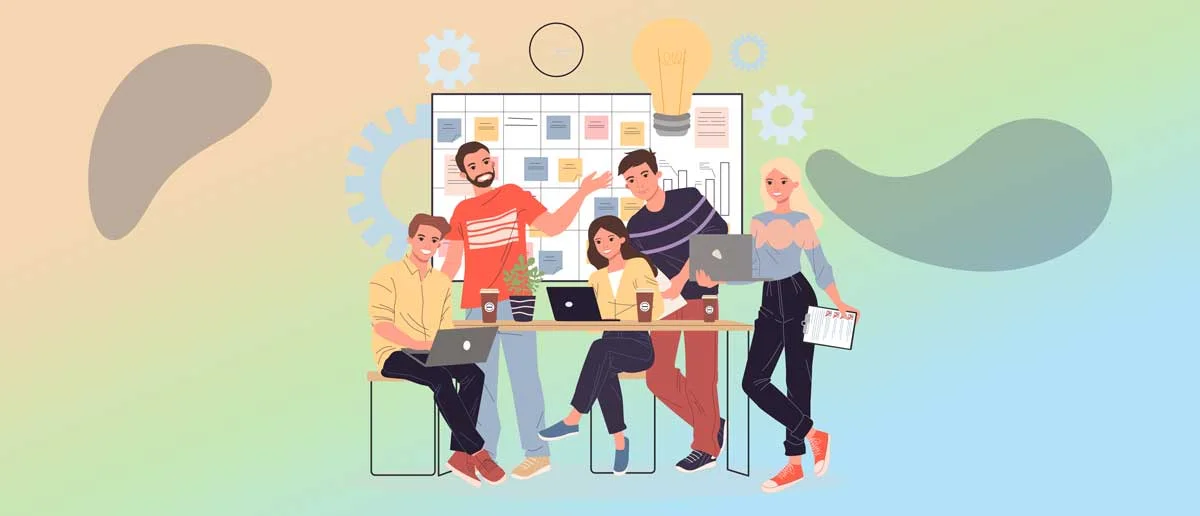
Kanban is an incredibly beneficial system when used in project management, allowing teams to have better collaboration, more effectiveness and increased productivity. Kanban provides a visual representation of tasks which tracks progress along with keeping up flow control and continual improvement for team members. This ensures that they are able to stay on top of workflow all the while being prepared for changes made during projects too, leading towards improved performance by their side overall. As such those who employ this methodology can experience greater success rates as well as amplified output over time due to its focus upon controlling work in progress and following processes consistently through continuous development principles set forth under the kanban approach..
Enhanced Team Collaboration
Kanban boards provide increased transparency, thus promoting collaborative team work and shared responsibility between project managers and their teams. Visual cues enable quick understanding of projects’ statuses as well as open communication which leads to better information sharing among members. This encourages a coordinated atmosphere, making sure everyone is on the same page for more efficient outcomes in terms of both productivity levels and overall performance results. As an added advantage, Kanban can be easily customized based upon different industry specifics or individual needs giving it even more flexibility when applied within different contexts.
Improved Efficiency and Productivity
The Kanban methodology is centered around maintaining work in progress limits, controlling the flow of tasks and maximizing efficiency by continuing to improve. This leads teams who adopt it to increased productivity and better results due to being able to prioritize their most important pieces first with work-in-progress boundaries set up as well as tracking task performance metrics for identifying potential blocks. They can then optimize output after eliminating any weaknesses through continuous improvement which plays a major role within this strategy.
Greater Flexibility and Adaptability
Kanban is a visually-oriented and lean methodology that facilitates efficient task management by providing teams the ability to prioritize tasks based on changing project requirements. Its flexibility, adaptability and compatibility with other major Project Management approaches such as Agile, Scrum and Lean allows its easy integration into existing processes for enhanced efficiency. By incorporating this innovative system into their strategies organizations can expect great success along with improved satisfaction of stakeholders involved in projects .
Summary
The Kanban project management methodology provides a visual and customizable solution for managing projects, with its fundamental principles of representing workflow, restricting unfinished tasks ,and relentless advancement helping agile teams to maximize their collaboration potential, enhance output and remain amenable to dynamic requirements in the kanban project. By adopting this approach as well as combining it alongside additional practices from other forms of project management tools can reap higher success rates for their team overall.
Frequently Asked Questions
What is a Kanban in project management?
Project managers now have the ability to monitor a production process in real-time and with total transparency, thanks to Kanban, a renowned framework for carrying out agile and DevOps software development. This methodology was pioneered by Toyota’s Taiichi Ohno during the 1940s and originated from Japanese words meaning “sign” or “visual board”; it consists of utilizing easy boards which track work through multiple phases. By leveraging these resources, agile teams are provided an effective view into their workflow capabilities.
What are the 6 rules of Kanban?
Kanban is guided by six rules defined by Toyota - never passing on defective products, taking only what is needed, producing the exact quantity required, leveling the production, fine-tuning production and stabilizing and rationalizing the process.
What is Kanban vs Agile project management?
Kanban, an Agile methodology that focuses on project management and tracking of work in progress, provides specific tools to enhance process efficiency. It is an extension of the more general philosophy known as Agile which emphasizes adaptability throughout development, testing and integration processes.
What industries can benefit from using the Kanban methodology?
The Kanban method is versatile and can be beneficial to various industries. It is instrumental in managing a team’s workflow, making it a viable tool for sectors such as software development, manufacturing, logistics, marketing, and customer support. In the context of software development, Kanban can help manage the lifecycle of a product, from ideation to deployment. Manufacturing and logistics teams can use Kanban to manage inventory and streamline the supply chain. Marketing teams can benefit from using Kanban to manage campaigns and content production, allowing the whole team to visualize their work and priorities. Moreover, Kanban can be especially beneficial for remote or distributed teams. The visual nature of the Kanban board allows geographically dispersed team members to stay updated on the workflow status, significantly improving collaboration and efficiency.
How does Kanban enhance team collaboration?
The Kanban method, when effectively implemented, can greatly enhance team collaboration, especially within software development teams. By providing a visual representation of work, Kanban tools help to clarify what tasks need to be done, who is responsible for them, and what their status is. The visibility of work helps the entire team align their efforts and helps everyone stay on the same page. It promotes open communication and fosters a sense of collective responsibility. Kanban boards allow teams to identify bottlenecks and inefficiencies in real-time, enabling quick resolution and ensuring a smooth workflow. Thus, not only does Kanban enhance individual productivity, but it also boosts the collective output of entire teams.
What are the 4 Kanban principles?
The four Kanban principles are essential to understanding how this method works and how it can be beneficial to your workflow. First and foremost, visualize your workflow. This means using a visual representation of your tasks to understand the flow of work and identify any potential bottlenecks. Next, limit work in progress. This principle is all about focusing on completing one task at a time, rather than juggling multiple tasks simultaneously. Thirdly, manage flow. This involves analyzing data and using it to optimize your workflow for efficiency and quality. Finally, make process policies explicit. This principle emphasizes the importance of clear communication, making sure that everyone is on the same page when it comes to the goals and expectations of the project. By following these principles, Kanban can help you streamline your work and achieve your objectives.
What type of projects should Kanban be used for?
Kanban is particularly effective for projects that require continuous delivery, and where priorities can change rapidly. This could include software development, content creation, marketing campaigns, and customer support. It’s also beneficial in environments with a steady influx of tasks or where tasks vary in complexity and completion time.
How do I plan a project in Kanban?
Planning a project with Kanban starts with visualizing your workflow. This means creating a Kanban board with columns representing each stage of your process, such as ’to do’, ‘in progress’, and ‘done’. Tasks, represented by cards, are moved along the board as they progress through these stages. Next, set a limit for how many tasks can be in each stage at one time. This helps to maintain focus and avoid overloading your team. As the project progresses, continuously monitor and adjust your process to improve efficiency.
What are the steps in Kanban methodology?
The Kanban methodology is centered around four main steps. The first step is to visualize the workflow, by setting up a Kanban board with columns that represent each stage of the workflow. The second step is to limit work in progress (WIP) to prevent overloading. The third step is to manage the flow of work, by monitoring and adjusting the process to optimize efficiency and throughput. The final step is to make process policies explicit and encourage feedback and continuous improvement.
Do Agile projects have project boards?
Yes, Agile projects often utilize project boards as a visual tool to track the progress of tasks. An Agile project board, such as a Scrum board or a Kanban board, allows the team to see what tasks are underway, who is working on what, and how close they are to reaching their goals. It’s a powerful tool for promoting transparency and improving collaboration within the team.
What is the main goal of using a Kanban board in Agile?
The primary objective of using a Kanban board in Agile project management is to visualize the workflow and manage the work-in-progress effectively. It allows the team to have a clear understanding of the current state of the project, prioritize tasks, identify bottlenecks, and enhance productivity by promoting a smooth, uninterrupted workflow.
How can Zistemo assist in Kanban projects?
Zistemo, as a project management software, brings an exceptional level of organization and efficiency to Kanban projects. It allows teams to manage tasks, track time, and collaborate in real-time on a single platform. Zistemo’s robust analytics provide insights into project progression and resource allocation, enabling team member to optimize their workflow and productivity. The platform’s flexibility allows for customization of Kanban boards according to the project’s unique requirements, further enhancing productivity and efficiency.
What are the 5 elements of Kanban?
The five fundamental elements of the Kanban system are:
- Visual Signals: Also known as Kanban cards, these represent tasks in the project workflow.
- The Kanban Board: A visual layout that represents the flow of work.
- Work-in-Progress Limits: These prevent overloading of tasks and foster focus and efficiency.
- Explicit Process Policies: Clear guidelines about the process and Kanban workflow.
- Feedback Loops: Regular meetings and discussions for continuous process improvement.
